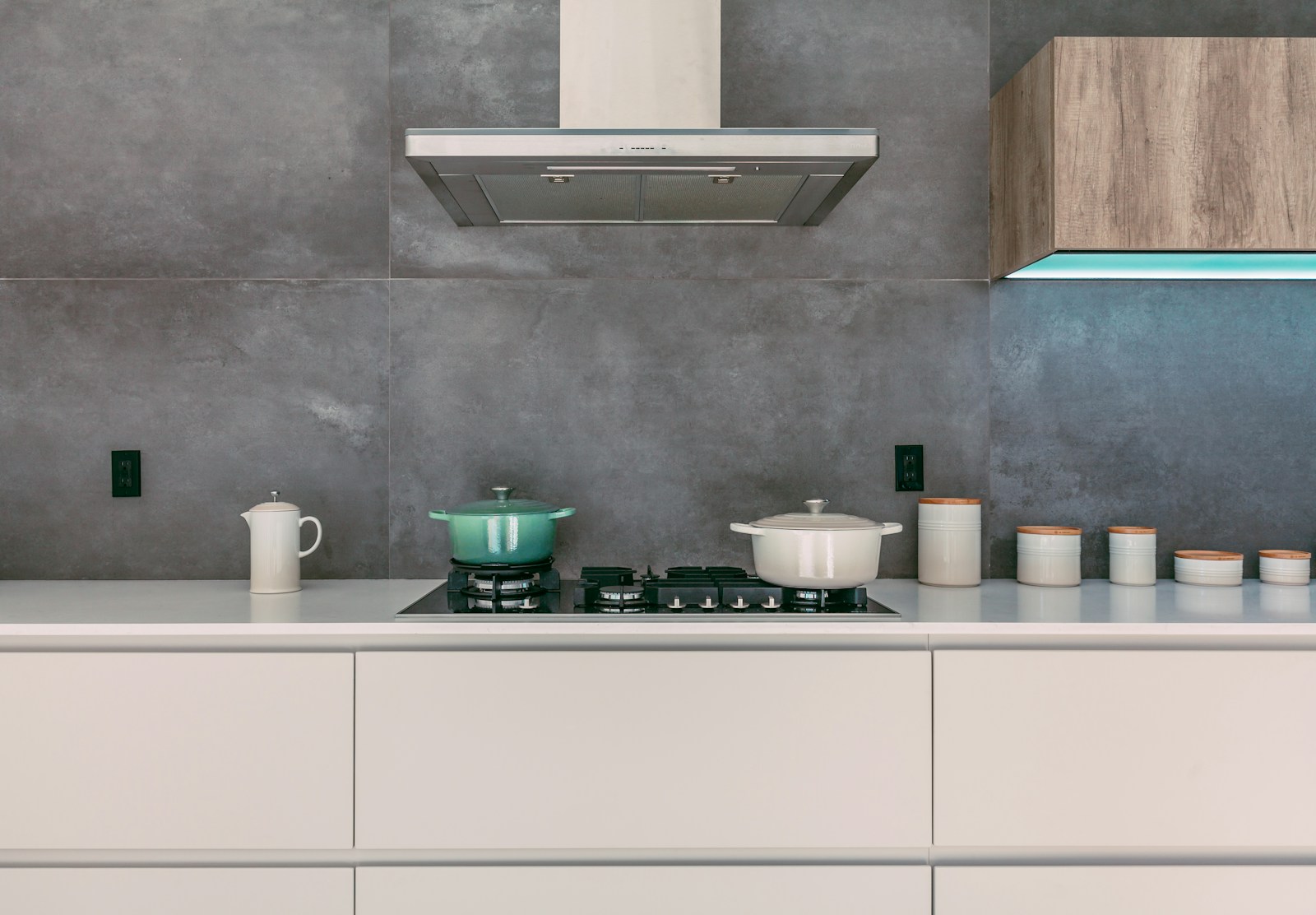Designer kitchens are the epitome of effortless chic in a stylish home. When it comes to creating a space that is both functional and aesthetically pleasing, paying attention to the details can make all the difference. Whether you are renovating an existing kitchen or starting from scratch, incorporating some key kitchen design tips can help you achieve the designer kitchen of your dreams.
One of the first things to consider when designing a designer kitchen is the layout. The layout of your kitchen will determine how efficiently you can move around the space while cooking and entertaining. The classic work triangle, which connects the stove, sink, and refrigerator, is a popular layout choice for many designer kitchens. This layout ensures that these key appliances are within easy reach of each other, making meal prep a breeze.
Another important aspect of designer kitchen design is the choice of materials. High-quality materials can elevate the look of your kitchen and give it a luxurious feel. When selecting materials for your designer kitchen, consider using natural stone countertops, sleek stainless steel appliances, and custom cabinetry. These materials not only look beautiful but are also durable and long-lasting, making them a worthwhile investment for your home.
In addition to the layout and materials, paying attention to the color scheme of your designer kitchen can also make a big impact. Neutral colors like white, grey, and beige are popular choices for designer kitchens as they create a clean and sophisticated look. You can add pops of color through accessories like bar stools, pendant lights, and artwork to give your kitchen a personal touch.
Lighting is another crucial element of designer kitchen design. Good lighting can enhance the overall ambiance of your kitchen and make it a more inviting space. Consider installing a combination of overhead lighting, task lighting, and accent lighting to ensure that your kitchen is well-lit and functional. Pendant lights above the kitchen island or dining table can also serve as a focal point and add a touch of elegance to the space.
When it comes to storage in a designer kitchen, maximizing space and minimizing clutter is key. Custom cabinetry with built-in organizers and pull-out drawers can help you keep your kitchen organized and efficient. Consider incorporating a pantry or a walk-in closet for additional storage space, especially if you have a large family or love to entertain.
Lastly, don’t forget to add personal touches to your designer kitchen to make it truly your own. Displaying unique artwork, adding fresh flowers, or incorporating vintage finds can give your kitchen character and charm. Remember that a designer kitchen is not just about following trends, but about creating a space that reflects your personal style and lifestyle.
In conclusion, designing a designer kitchen requires careful planning and attention to detail. By following these kitchen design tips, you can create a space that is both stylish and functional, making it the heart of your home. From the layout and materials to the color scheme and lighting, every aspect of your designer kitchen should be thoughtfully considered to achieve the effortless chic look you desire.
